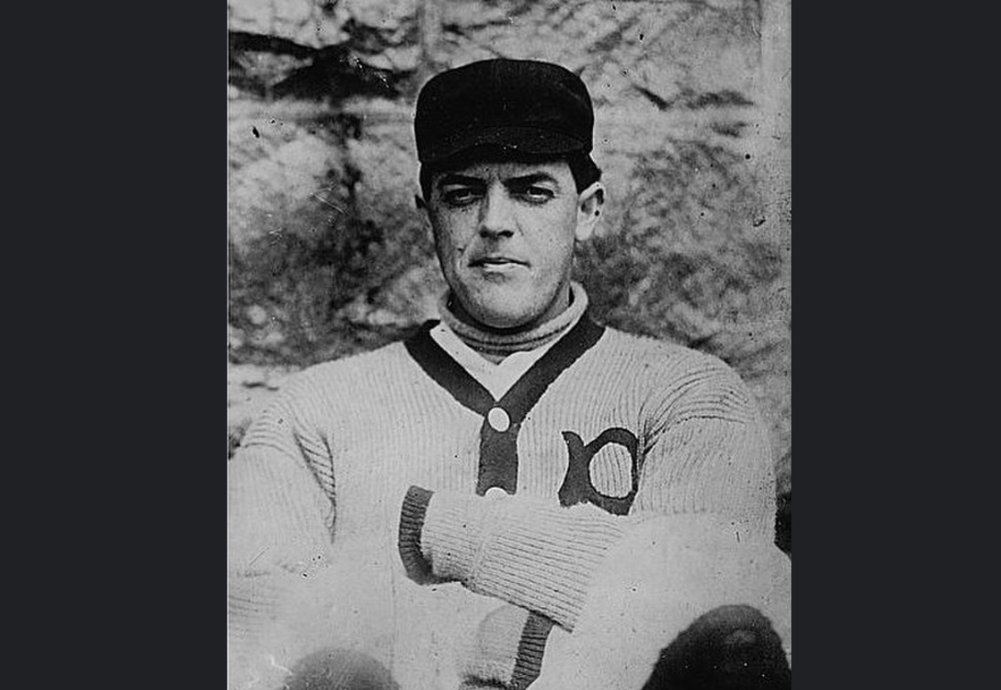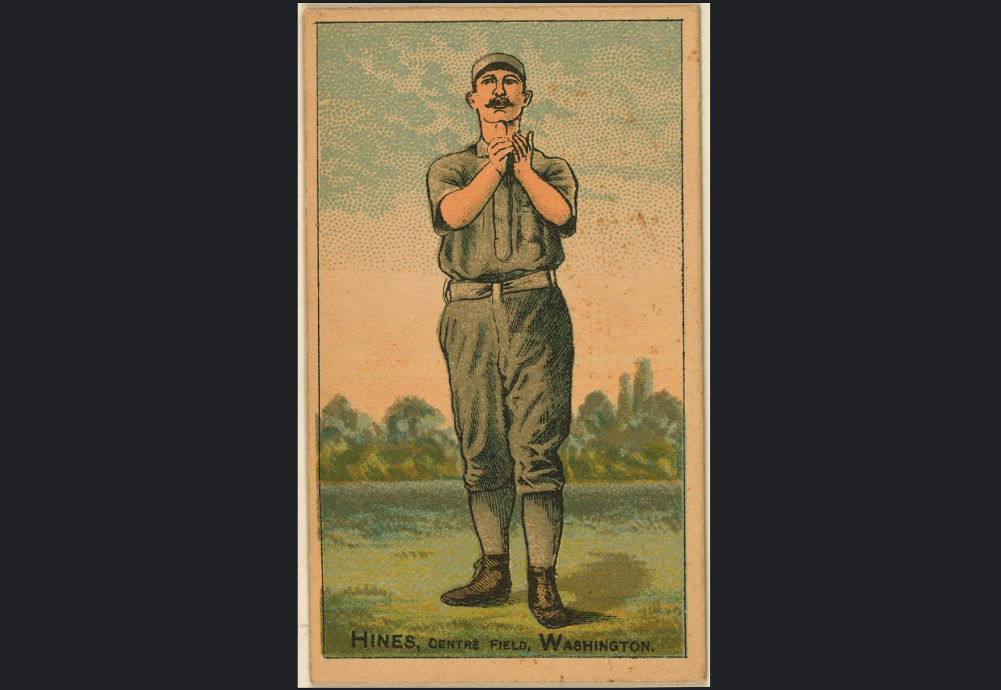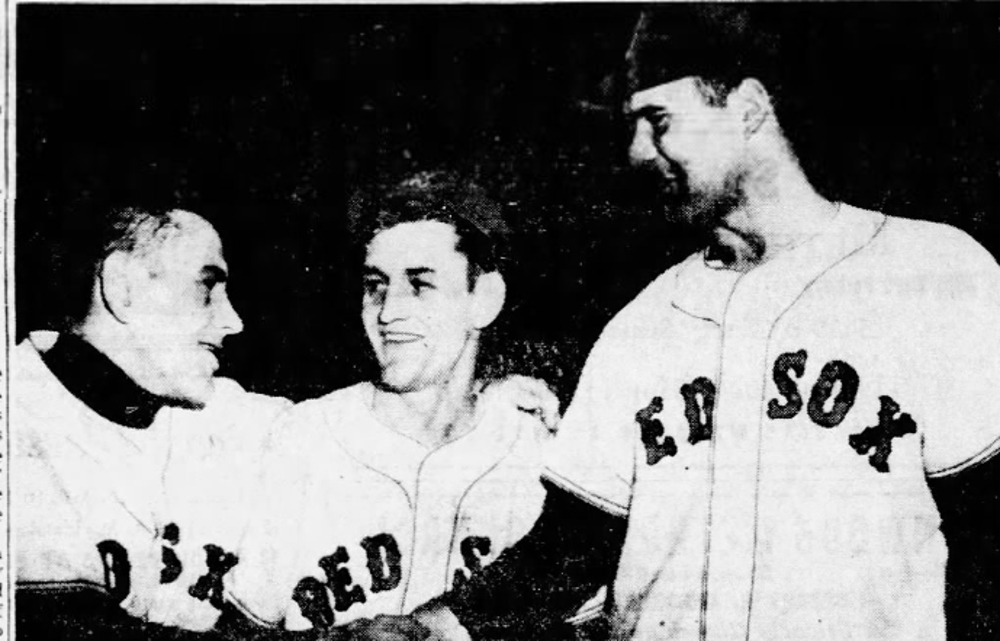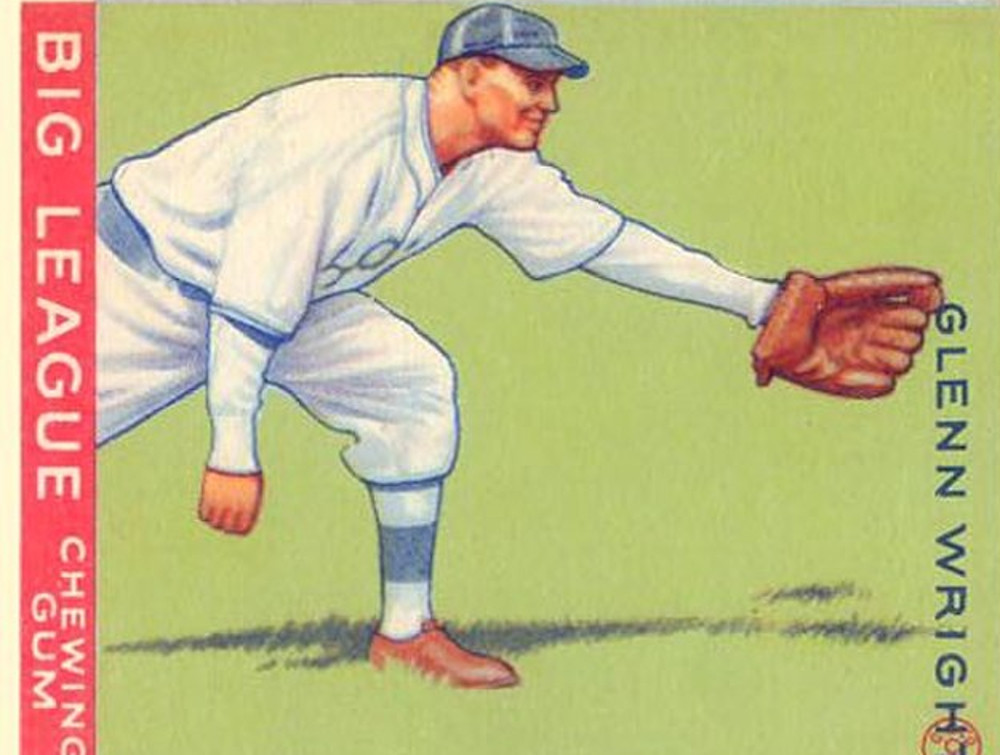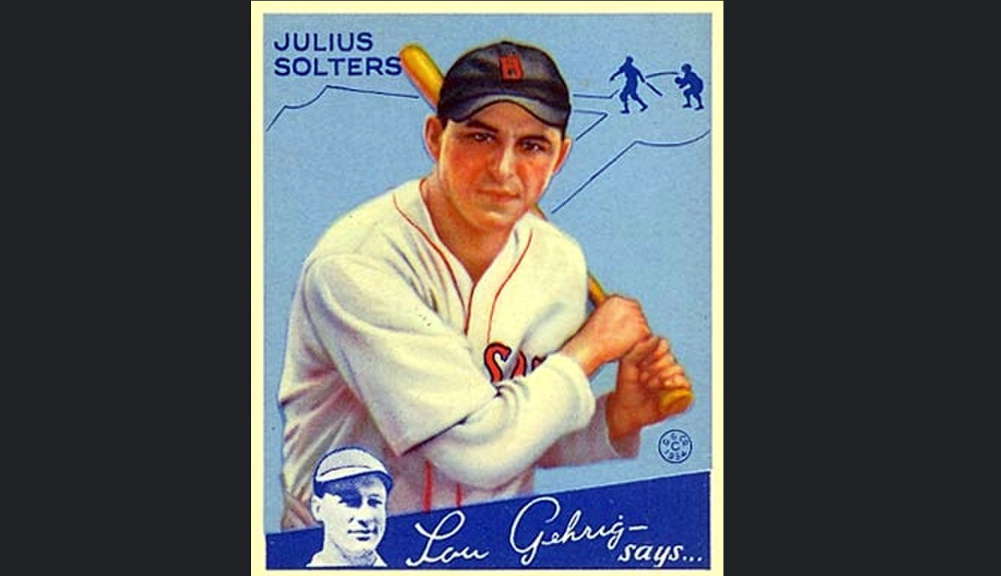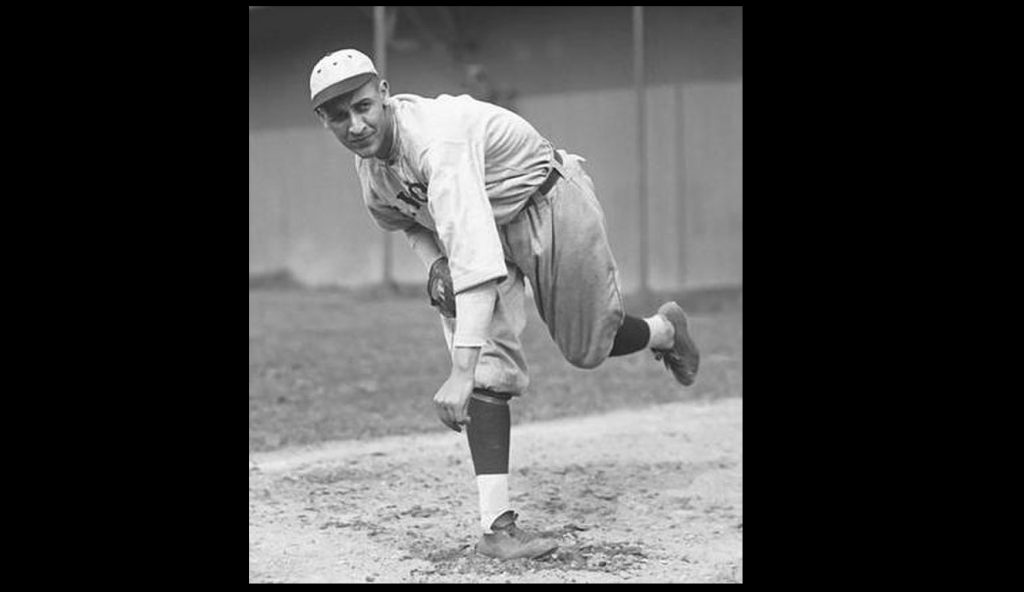Paul Arizin A Look Back at his Stellar Hoops Career
-From Humble Beginnings to College Stardom:
Arizin's story begins on the playgrounds of Philadelphia. Although initially cut from his high school team, his relentless work ethic transformed him into a dominant scorer at Villanova University. He became a national sensation in 1950, leading the nation in scoring and captivating audiences with his signature "line drive" jump shot – a revolutionary technique with high accuracy that defied the two-handed set shot of the time.
-A Champion Emerges in the NBA:
The Philadelphia Warriors drafted Arizin in 1950, and he immediately made an impact. Teaming up with scoring machine Joe Fulks and later alongside dominant center Neil Johnston, Arizin led the Warriors to the 1956 NBA championship. He was a prolific scorer, a two-time scoring champion, and a ten-time All-Star, captivating fans with his smooth shooting stroke and fierce competitive spirit.
-A Legacy Beyond Statistics:
While Arizin's scoring prowess deserves recognition, his impact on the game extends beyond statistics. He helped popularize the jump shot, inspiring a generation of players to embrace a more versatile offensive approach. His dedication to the game and his fierce loyalty to the city of Philadelphia cemented his status as a local legend. Despite lucrative offers to play elsewhere, Arizin chose to retire when the Warriors relocated to San Francisco in 1962.
-A Lasting Impact:
Paul Arizin's legacy extends far beyond his championship ring and scoring titles. He is a true pioneer of the jump shot, paving the way for generations of perimeter players. His dedication to his craft, his loyalty to his fans, and his iconic status as a Philadelphia legend solidify his place among the NBA's greatest players.
Arizin's story reminds us that basketball greatness isn't just about physical prowess; it's about dedication, innovation, and a love for the game. He is a true "hard court" legend, whose impact on the NBA continues to resonate today.
Born April 9, 1928, in Philadelphia, Pennsylvania, was Naismith Memorial Basketball Hall of Fame Small Forward Paul Arizin. Paul played ball as the Quantico star wearing number 11. He later moved into the professional ranks for his home town Philadelphia Warriors. He was voted as the 1950-51 seasons NBA Rookie of the year. Arizin aided the Warriors in winning an NBA Championship in 1956. He was selected team times, was a four time All-NBA selection, as an NBA All Star during his career and was the NBA scoring champion 1952 and 1957. Arizin is one of the top NBA players to have worn the Jersey Number 11.
Dikembe Mutombo Basketball Paint Dominator
-Early Life and Hoops Dream
Born in the Democratic Republic of Congo, Mutombo's journey to the NBA wasn't typical. He discovered basketball relatively late and honed his skills on a dirt court. Yet, his raw talent and incredible wingspan were undeniable. After a standout collegiate career at Georgetown University, Mutombo entered the NBA draft in 1991 and was selected fourth overall by the Denver Nuggets.
From the outset, Mutombo's impact was immediate. His defensive prowess revolutionized the paint. His long arms and exceptional timing made him a shot-blocking maestro, earning him the nickname "Dikembe Mutombonium." His iconic finger wag after a blocked shot became a celebration known worldwide, a symbol of his dominance and a source of both intimidation and amusement for opposing players.
-NBA Journey
Throughout his career, Mutombo played for several teams, including the Denver Nuggets, Philadelphia 76ers, Atlanta Hawks, New Jersey Nets, Houston Rockets, and Sacramento Kings. Despite never winning a scoring title, he carved out a unique space in NBA history. He was a four-time NBA Defensive Player of the Year, a feat only surpassed by the legendary Hakeem Olajuwon. He also holds the record for most career blocked shots (3,283), a testament to his defensive brilliance.
-Legacy and Bio of the Star Athlete
Beyond his defensive prowess, Mutombo was also a vocal leader on and off the court. He was known for his work ethic, his dedication to his teammates, and his infectious personality. He was a fierce competitor but also a respected ambassador for the game, earning the respect of fans and fellow players alike.
Born June 25, 1966, in Kinshasa, Congo-Kinshasa, was Naismith Basketball Hall of Fame Center, Dikembe Mutombo. This former Georgetown player was the fourth overall selection in the 1991 Draft. He played in the NBA for the Denver Nuggets, Atlanta Hawks, Philadelphia 76ers, New Jersey Nets, New York Knicks, and Houston Rockets. He finished his 19-year NBA career averaging 2.8 blocked shots per game.
Calvin Murphy Hoops Hall of Fame
Murphy's basketball journey began on the concrete courts of his Houston neighborhood. Despite his initial discouragement from playing due to his height, Murphy honed his skills with relentless practice. His dedication paid off when he earned a scholarship to Niagara University. There, he blossomed into a prolific scorer, leading the nation in scoring during his senior year and earning All-American honors.
Overcoming Size with Skill: Drafted by the Houston Rockets in 1970, Murphy entered a league dominated by giants. Many doubted his ability to compete at the professional level. However, Murphy quickly silenced his critics with his dazzling offensive repertoire. He possessed exceptional speed, dribbling ability, and a deadly jump shot. His signature move, the "Murphy Fake," left defenders bewildered as he weaved through the paint for acrobatic layups.
The King of the Free Throw Line: But Murphy's most remarkable skill was his free-throw shooting. He holds the NBA record for the highest career free throw percentage at an astounding 89.2%. His shooting form was textbook, a smooth and consistent motion that translated into incredible accuracy. This mastery at the line became a crucial weapon, allowing him to single-handedly swing close games.
An All-Star Caliber Career: Murphy defied expectations throughout his career. He was a seven-time All-Star, leading the Rockets in scoring for several seasons. While never reaching the NBA Finals, Murphy's impact on the Rockets was undeniable. He became a fan favorite, earning the nickname "The Pocket Rocket" for his explosive playing style.
A Legacy of Inspiration: Murphy retired from basketball in 1983, leaving a lasting impact on the game. He proved that size doesn't define talent, inspiring countless undersized players to pursue their basketball dreams. His free-throw shooting prowess remains a benchmark for all players, and his dedication to his craft serves as a valuable lesson in perseverance.
Born May 9, 1948, in Norwalk, Connecticut, was Naismith Memorial Basketball Hall of Fame, Calvin Murphy. Calvin had a successful collegiate career at Niagara, where he averaged 33.1 points per game over his three years. After that he turned pro and played in the National Basketball Association as a guard for the San Diego/Houston Rockets from 1970 to 1983. Murphy has the distinction of being the shortest NBA player inducted into the Naismith Memorial Basketball, five-foot, nine-inches, Hall of Fame, and to play in an NBA All-Star Game (the latter since tied by Isaiah Thomas in 2016). NBA Jersey 23
Dominating the Paint
Standing at a formidable 6-foot-8, Embry possessed a powerful physique and a scorer's mentality. Drafted by the Rochester Royals in 1968, he quickly established himself as a force in the league. His scoring prowess helped the Royals reach the playoffs multiple times, and his rebounding prowess made him a defensive presence. While never reaching the pinnacle of an NBA championship, Embry earned five All-Star selections during his eleven-year playing career, solidifying his place among the league's elite centers.
Breaking Barriers as an Executive
Embry's impact on basketball transcended his playing days. Following his retirement in 1969, he embarked on a groundbreaking career as an executive. He became the general manager of the Milwaukee Bucks in 1972, becoming the first African American to hold such a position in a major professional sport. Embry's keen eye for talent led him to draft Kareem Abdul-Jabbar, a move that would propel the Bucks to their first and only NBA championship in 1971. Embry's success paved the way for other African Americans to enter the front office, diversifying the NBA's leadership.
A Legacy of Excellence
Embry's career transcended individual achievements. He championed the importance of scouting and player development, emphasizing long-term success over quick fixes. His success with the Bucks led him to become the general manager of the Cleveland Cavaliers, where he continued to draft and develop impactful players.
A Visionary Leader
In 1994, Embry was inducted into the Naismith Memorial Basketball Hall of Fame, a testament to his combined achievements as a player and executive. His influence wasn't limited to just teams he managed. He served as a mentor for aspiring executives, particularly African Americans, helping to break down barriers and create opportunities within the league.
The Naismith Basketball Hall of Fame center of the Cincinnati Royals and Boston Celtics, Wayne Embry, was a five-time All-Star in the League. Embry is one of the top NBA players to have worn Jersey Number 15.
Satch Sanders
Satch Sanders' career with the Boston Celtics was synonymous with championship success. Drafted in 1960, he spent his entire 13-year professional career with the team, playing alongside legends like Bill Russell and John Havlicek. Throughout his time there, he established himself as a defensive cornerstone, known for his tenacity and ability to guard the league's best scorers.
While not known for his scoring prowess, Sanders averaged a respectable 10.9 points per game throughout his career. However, his true value lay in his defensive contributions. He was a master of positioning and anticipation, shutting down opposing stars night after night. This defensive prowess proved invaluable for the Celtics, as they won eight NBA championships during Sanders' tenure, solidifying him as one of the winningest players in NBA history.
Beyond his defensive contributions, Sanders was also a respected leader within the team. He served as a mentor to younger players and embodied the Celtics' winning culture. After his retirement in 1973, he continued his involvement with the Celtics, briefly serving as head coach and later focusing on player development programs. His impact on the franchise transcended his playing career, leaving a lasting legacy as a champion, a defensive stalwart, and a true Celtic.
Lou Hudson Basketball Hall of Fame Star
Hudson's jersey number has been retired by both the Atlanta Hawks and the University of Minnesota.
Kenny Anderson
Ed Macauley Basketball Hall of Fame Center
Here's a quick rundown of the highlights of Macauley's impressive NBA career.
Born March 22, 1928, in St. Louis, Missouri, was Basketball Hall of Fame center and seven-time NBA All-Star, Ed Macauley. He attended and played collegiate hoops at the University of St Louis. Macauley played in the National Basketball Association from 1949–1959 for the St Louis Bombers, Boston Celtics, and St Louis Hawks. During his career, Macauley earned four All-NBA selections and won a championship with the Hawks in 1958.
-College Star and Early NBA Days
-Macauley excelled at Saint Louis University, earning All-American honors.
-Drafted by the St. Louis Bombers in 1949, he quickly established himself as a force in the fledgling NBA.
-Dominant All-Star and Scoring Threat
-A seven-time NBA All-Star (1951-1957), Macauley revolutionized the center position with his offensive prowess.
-He possessed a smooth shooting touch, exceptional footwork, and a knack for scoring in the paint.
-In 1951, he became the first-ever NBA All-Star Game MVP, showcasing his well-rounded skillset.
-Championship Glory and Legacy
-After stints with the St. Louis Bombers and Boston Celtics, Macauley found championship success with the St. Louis Hawks in 1958.
-He retired with a scoring average of 17.8 points per game, a significant number for a center in that era.
-In 1960, Macauley was enshrined in the Naismith Memorial Basketball Hall of Fame, becoming one of the youngest players ever inducted at the time (age 32).
-His jersey number (22) was retired by the Boston Celtics in 1963.
The Unfulfilled Promise of Bob Houbregs
Houbregs' journey began at the University of Washington, where he established himself as a force to be reckoned with. Standing at a formidable 6-foot-8, he possessed a rare combination of size, athleticism, and shooting prowess. Nicknamed "The Golden Brett" after his father Bobby Houbregs, a baseball player, he was known for his powerful one-handed jumpshot, a rarity in the 1950s. In his senior year, he averaged a staggering 34.8 points per game in the postseason, leading the Washington Huskies to the Final Four and earning him the title of NCAA Player of the Year.
Drafted second overall by the Milwaukee Hawks in 1953, NBA expectations were high. Houbregs didn't disappoint in his rookie season, showcasing his offensive skills and averaging a respectable 9.3 points per game. He seemed poised to become a cornerstone for the young franchise.
However, fate intervened in December 1955. During a game against the Knicks, Houbregs collided with a basket support, suffering a devastating back injury. He underwent surgery and missed the remainder of the season. While he attempted a comeback the following season, the injury significantly hampered his mobility and explosiveness. After playing just eight games in 1956-57, Houbregs was forced to retire at the age of 24, his NBA career tragically cut short.
Despite the brevity of his professional career, Houbregs' impact is undeniable. He holds the record for the highest scoring average in a single NCAA tournament (minimum four games) at 34.8 points per game. His influence extended beyond statistics – his one-handed jumpshot inspired future generations of players.
Bob Houbregs' legacy serves as a reminder of the fragility of athletic careers. He was a player with immense potential, destined for greatness, whose trajectory was tragically altered by injury.
Born March 12, 1932, in Vancouver, British Columbia, Canada was Bob Houbregs, a Basketball Hall of Fame Center and Power Forward drafted by the Milwaukee Hawks, in 1st round (3rd pick, 3rd overall), of the 1953 NBA Draft. Bob was Inducted as Player in 1987 to the Hall of Fame. He wore the jersey number of 14, 10, 20, 8, and 17. Houbregs played college basketball at the University of Washington.



